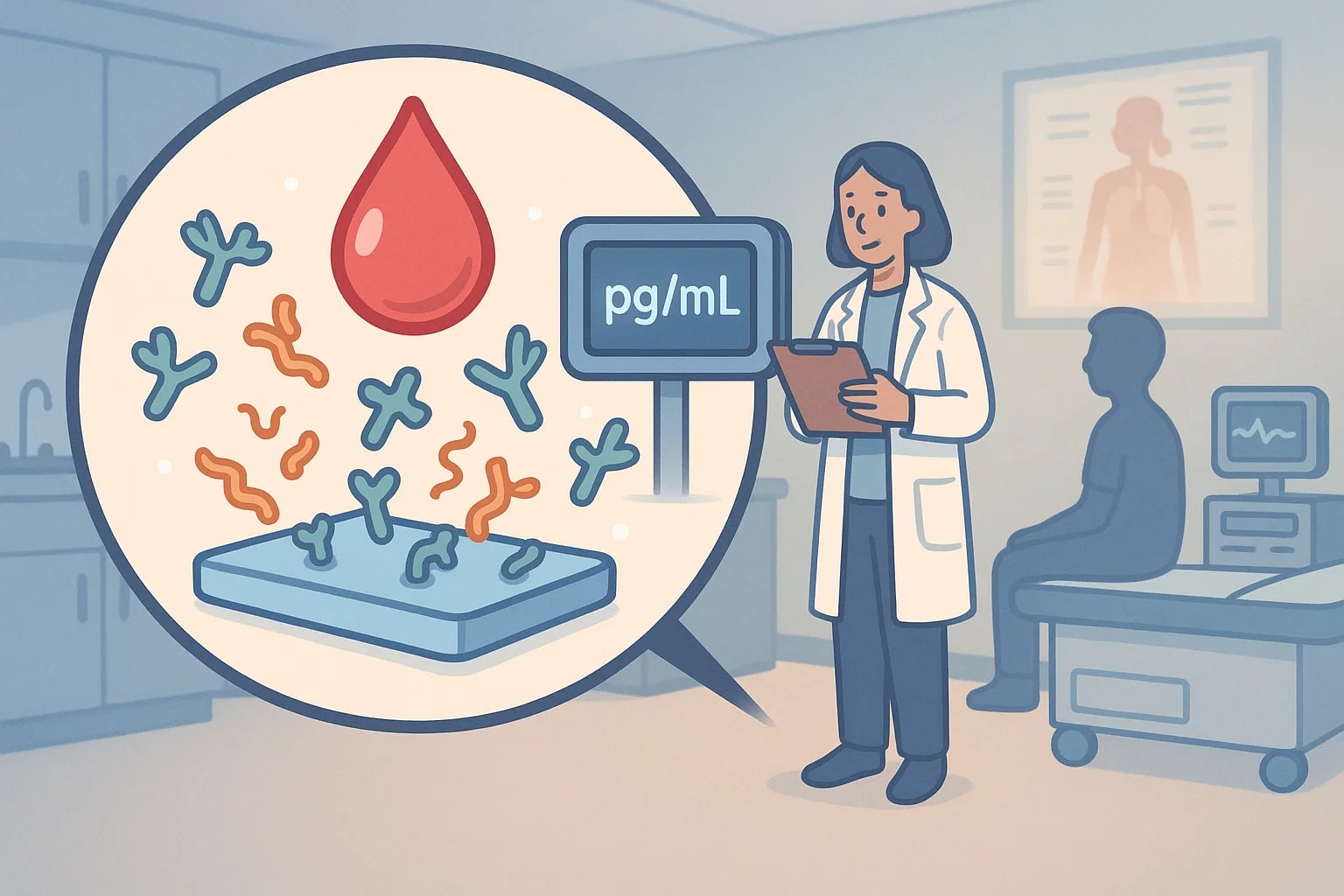picogram to kilogram - How to convert pg to kg
In the world of nanotechnology, biomedicine, and ultra-sensitive chemical measurements, working with tiny units like the picogram (pg) is common. But sometimes, those small values need to be scaled up for broader scientific models or storage computations. This article will guide you through converting picograms to kilograms, explain the science behind the units, and share fascinating real-world applications.

Picograms and Kilograms - What do you need?
A picogram (pg) is a metric unit of mass equal to one-trillionth of a gram. It’s primarily used in: DNA quantification, Hormone testing, Airborne particulate matter analysis, Nanoparticle measurements Because of its microscopic scale, the picogram is mostly used in lab and scientific environments.
A kilogram (kg) is the base unit of mass in the International System of Units (SI) and is used across scientific disciplines and daily life.
While kilograms are used for weighing everyday items like food or people, they are also essential in scientific research — from calculating chemical sample weights to calibrating equipment in labs.
In 2019, the definition of a kilogram was updated to be based on the Planck constant, linking it to fundamental physics instead of a physical object — boosting precision for scientific and technological use.
Curious how kilograms compare across units? Visit our full weight converter for easy exploration.
How to Convert pg to kg
To convert picogram to kilogram, use the following formula:
kilograms = picograms × 10⁻¹⁵
Example Conversions:
-
1,000,000,000,000 pg = 1 kg
-
500,000,000 pg = 0.0000005 kg
Handling large or scientific numbers? Use Jetcalculator’s conversion tools to make the process seamless and error-free.
Did You Know?
-
A single human cell’s DNA weighs around 6 picograms. That means your entire genome can be measured on a microscopic scale!
-
The current definition of the kilogram is based on the Planck constant, using fundamental physics rather than a physical object—making it incredibly precise for scientific use.
-
Environmental scientists often measure airborne toxins in picograms per cubic meter to ensure levels stay within safe thresholds. One harmful dioxin can cause damage even at pg levels.
-
In space missions, every kilogram of payload adds cost and complexity. NASA engineers account for weight down to the last gram when sending satellites or crew supplies.
Picogram Precision in Disease Detection
In 2021, researchers at the University of California developed a blood test that could detect early-stage cancer biomarkers at picogram-per-milliliter concentrations. This cutting-edge technology used nanosensors to identify tiny protein signatures long before tumors were visible via imaging. The breakthrough marked a huge leap in non-invasive diagnostics, and the ability to measure in picograms made it possible.
This real-world use case proves how picogram-level accuracy, when scaled and understood about kilograms, can revolutionize medicine and save lives.

Conclusion
Converting picogram to kilogram (pg to kg) may seem like scaling from atoms to elephants, but in high-tech fields, this conversion is crucial. With 1 pg = 1 × 10⁻¹⁵ kg, Jetcalculator helps you handle precision at any level — from the smallest molecules to industrial-scale planning.

